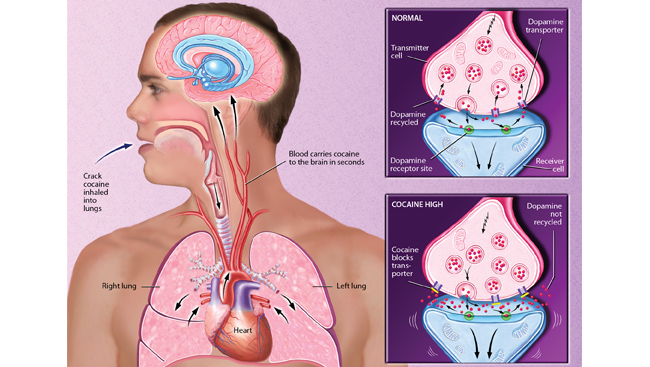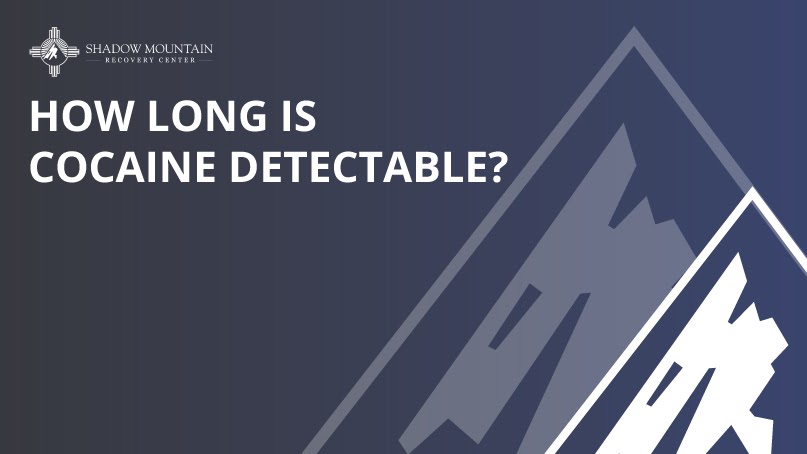

In the short term, cocaine helps some people to do simple physical tasks quicker and more effectively. Symptoms are memory loss, impaired vision and movement disorders.Įven people who use cocaine by methods other than injecting place themselves at risk for HIV because cocaine impairs judgment, leading to risky sexual behavior with infected partners. Studies also suggest that using cocaine can hasten the development of NeuroAIDS, neurological conditions associated with HIV infection. Cocaine also intensifies the damaging effects of HIV on the cells in the spinal cord and brain. Research has shown that cocaine accelerates HIV infection by impairing immune cell function and promoting virus replication. What is the Connection Between Cocaine Use and HIV?
#CRACK COCAINE SYMPTOMS AND EFFECTS BODY SKIN#
#CRACK COCAINE SYMPTOMS AND EFFECTS BODY CRACK#
Smoking crack cocaine can cause severe lung damage.It can also lead to enamel erosion due to the acidity of the mix of cocaine and saliva. When rubbed over the gums, cocaine can cause ulceration of the gums and underlying bone problems.Snorting cocaine can lead to nosebleeds, frequent runny nose due to nasal septum irritation, loss of sense of smell and swallowing difficulties.

Here’s how cocaine can negatively impact the body:

It is essential to seek treatment to stop using cocaine because continued use can have adverse effects on a person’s health and even lead to death. Long-term use of cocaine can have devastating effects on the body and mind of those who use it. It is a powerful and highly addictive, euphoria-producing stimulant drug derived from coca plant leaves, which are native to South America. Cocaine is known by a whole list of street and slang names.


 0 kommentar(er)
0 kommentar(er)
